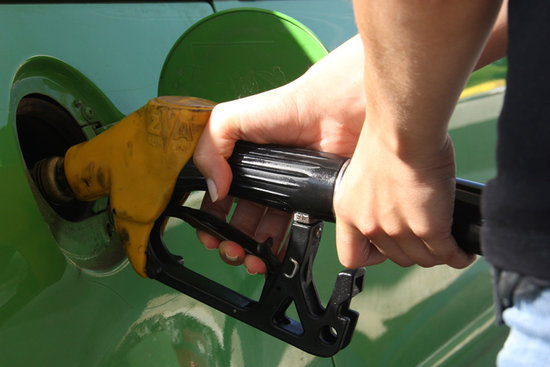Consumer Price Index in Catalonia grows to highest level in four years
Increase due to rise in costs of household supplies and fuel, leaving CPI at 2.6% higher than last year

The Consumer Price Index (CPI) in Catalonia continues to rise to new heights and now stands at the highest level seen since mid-2017.
During the month of May, inflation in Catalonia rose by 2.6% compared to the same period last year.
This also represents a 0.6% growth compared to the year-on-year variation recorded in April (+2%).
At the same time, this is the sharpest rise since April 2017, when the CPI in Catalonia grew by 2.8% per year.
These figures are according to data published this Friday by the National Statistics Institute (INE).
The increase is due to the evolution in the price of household supplies such as electricity, water, and gas, which rose by 8.7%, as well as the cost of fuels, which rose by 10.1% in year-on-year terms.
It should be remembered that the latest data do not take into account the impact of the new electricity tariff that came into operation at the beginning of June.
On the other hand, the sharp rise in the CPI is also explained by the fact that during May 2020, prices in Catalonia fell by 1%, coinciding with the state of alarm in the first wave of the pandemic.
In Spain as a whole, inflation during May stood at 2.7%, a rise of 0.5% compared with the variation seen in April.
It is the highest jump experienced since February 2017, and also responds to the increase in the price of fuels and supplies.
GDP falls 4% during first quarter
The pandemic is still having a severe impact on the economic performance of the country also.
The (gross domestic product) GDP of Catalonia in the first quarter of the year saw a year-on-year drop of 4%, as Covid-19 restrictions remain evident.
Despite the decline, the figures show a recovery compared to the previous quarter, when the Catalan economy sank by 9%.
However, the decline is lower than the estimate made a month ago by Catalonia’s National Statistics Institute (Idescat) when it predicted a decline of 4.3% year-on-year.
According to Idescat, the reduction in GDP is mainly explained by the drop in domestic demand (-2.9%), especially by household consumption (-4%), as well as gross capital formation.